Van Rysel's RCR-F finally launches and it's no longer the cheap option
Van Rysel wants more of your money, but promises aero gains and a premium retail experience
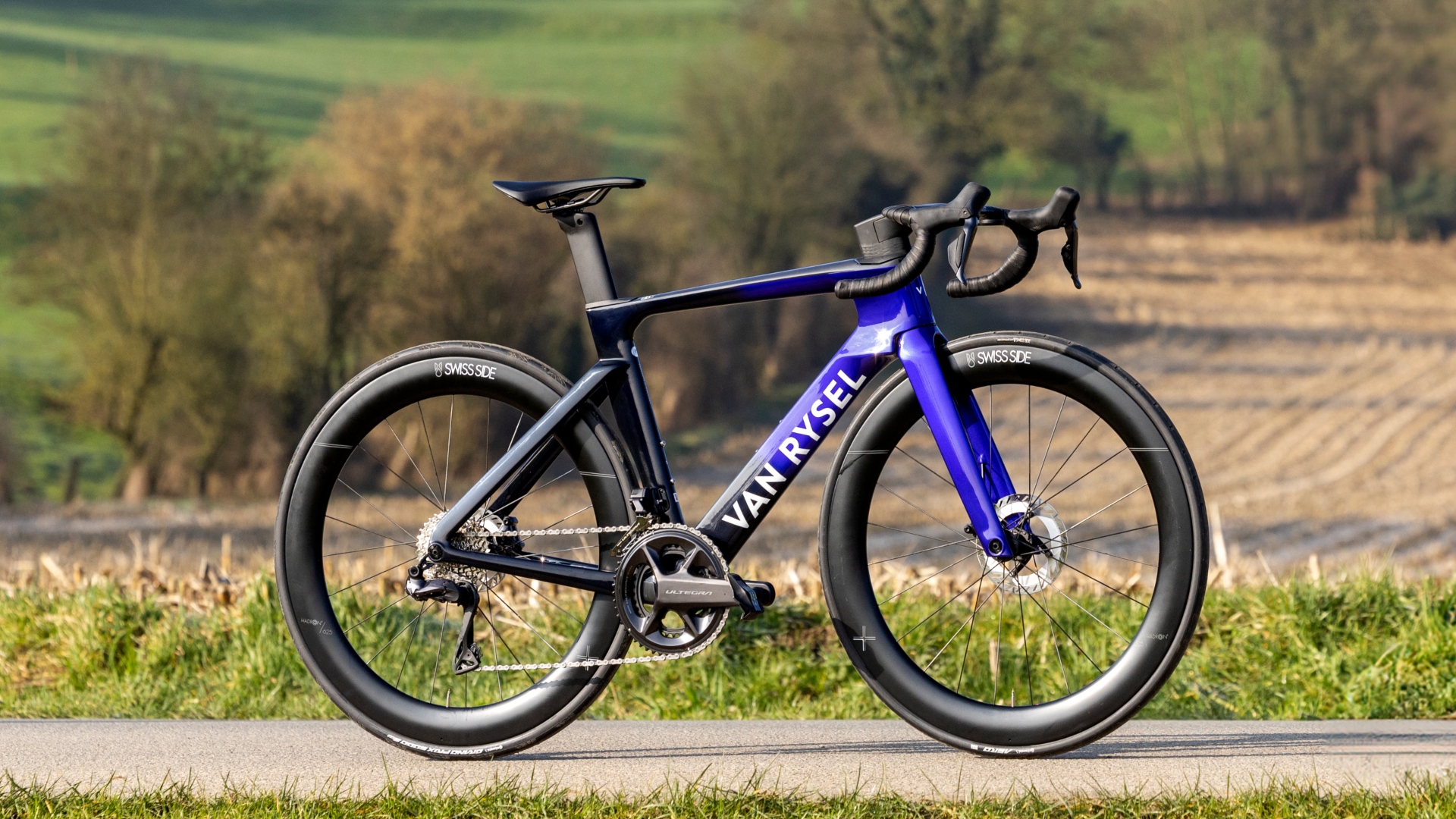
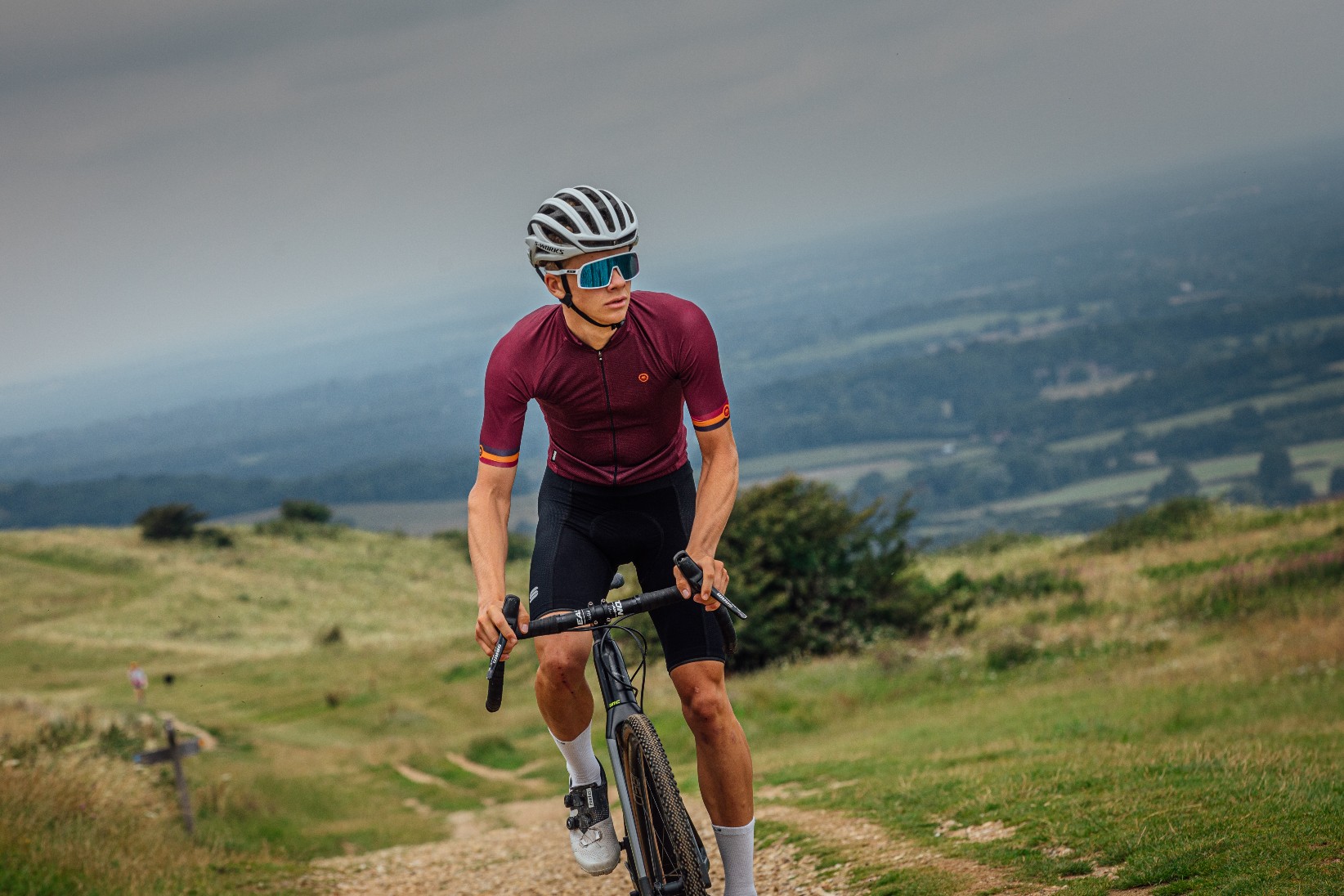
Today sees Van Rysel launch its new aero-bike, the RCR-F, a bike that has been hiding in plain sight since last year’s Tour de France.
With the bike breaking cover over a year ago, perhaps the only shock should be that we haven't been able to buy one till now. Except there's another surprise with this long-anticipated launch, and that's the price. At £10,000/$11,999, it's no longer the cheapest bike in the pro-tour peloton, with pricing now on a par with direct-to-consumer brand, Canyon.
Ok, it's still a way off the price of a Factor Ostro Vam, or Specialized Tarmac SL8, but, Van Rysel is clearly closing the gap. The other surprise is that the RCR-F will be available in the UK through high-end retailer Sigma Sports, which will also stock Van Rysel clothing and accessories. That's somewhat confusing for a brand that has become renowned for offering the most 'affordable pro bike' on the market.
So, is price parity the plan? And was the RCR-pro - which prompted Yann Le Fraillec, Van Rysel’s chief product officer to say last year "this is what we consider a fair price for people to enjoy the thrill of speed" - just a loss leader to grab some headlines?
After all, the Ultegra equipped RCR-pro bike slipped in to the market much more quietly, under the cover of the headline halo-bike. It's ticket price was on a par with Canyon from the get-go.
But, if the Van Rysel brand is now moving away from it's value orientated roots, the question is whether or not there is enough technology attached to the £10,000/$11,999 price tag for the new bike to go toe-to-toe with the bigger brands in cycling? Let's dive in.
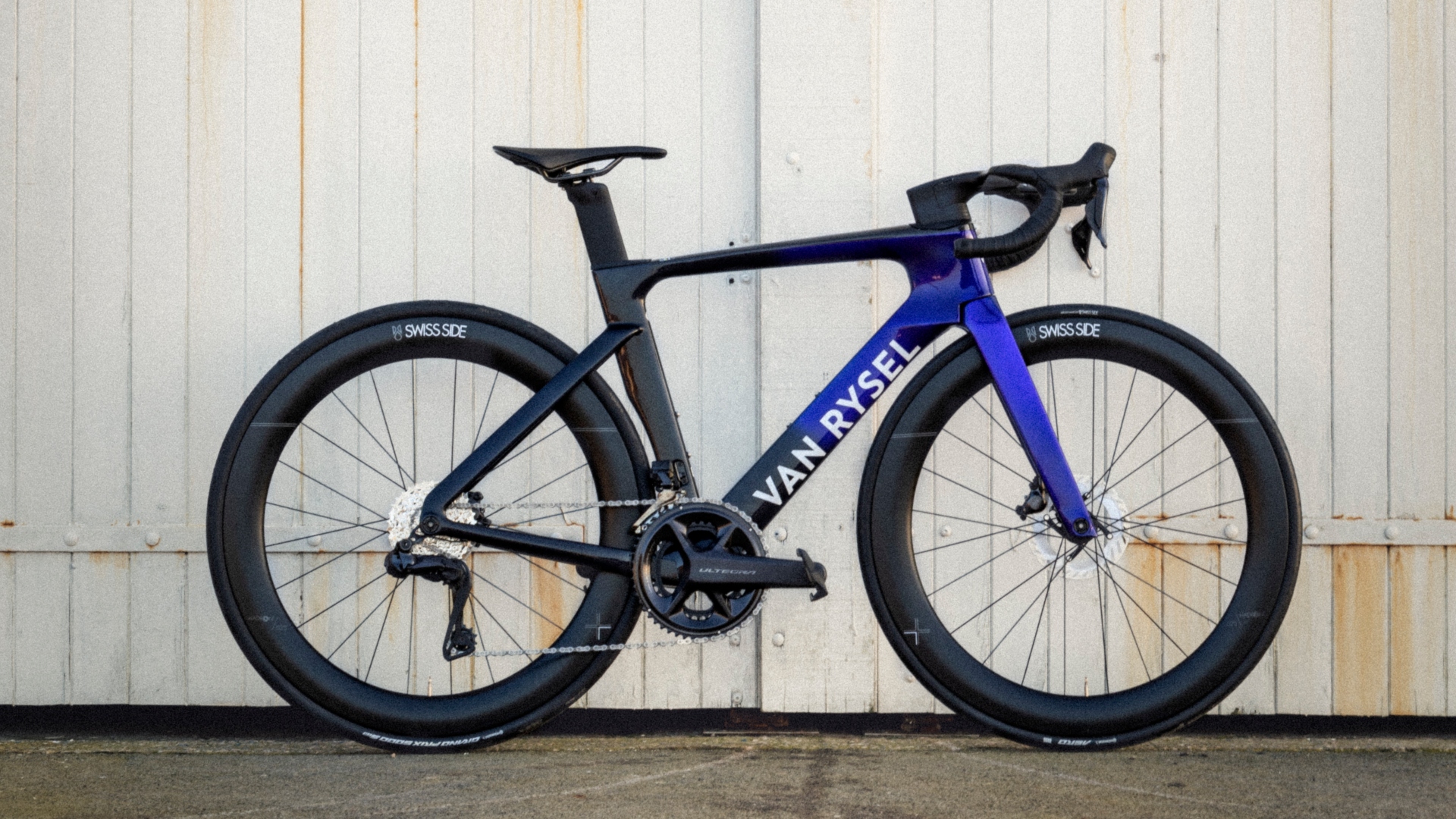
The RCR-pro has been on a bulking diet!
RCR-F new frameset
The new bike follows the same development template as the launch bike the RCR-pro, so as you might expect, the RCR-F has been worked on in close coordination with its pro team, Decathlon AG2R La Mondiale. The more you look at the details of this bike, the more it becomes abundantly clear that this bike has been designed with a pro WorldTour agenda, just like the first one.
The premium approach also continues, with a cockpit developed with Deda, and aero input from Swiss Side who also provide the wheelset. This has helped the bike to cheat the wind as much as possible and that's all very reassuring as the prices rise.
How many watts do you get back for your extra cash? Van Rysel is claiming that the new RCR-F is 13.6 watts faster at a test speed of 45km/h, and 20.1 watts faster when this speed increases to 55km/h. These numbers are quoted for wind tunnel testing carried out with bike only.
Van Rysel is also claiming a 7% improvement in front-end stiffness too, something I'm sure the WorldTour team will be thankful for. Ahead of Paris-Roubaix, and the Spring classics however, that might mean they're grateful for all of the 32mm of tyre clearance front and rear.
On the surface, it might look like the design team has taken the RCR and put it on a bulking diet, but there does appear to be a little more to it than that. Computational fluid dynamics (CFD) analysis reportedly started with the RCR-pro, where the brand says design engineers established the most important zones for improving efficiency. Unsurprisingly, the head tube, fork, and cockpit were all included here. Van Rysel then worked through six different frame iterations before finally landing on the RCR-F we see today.
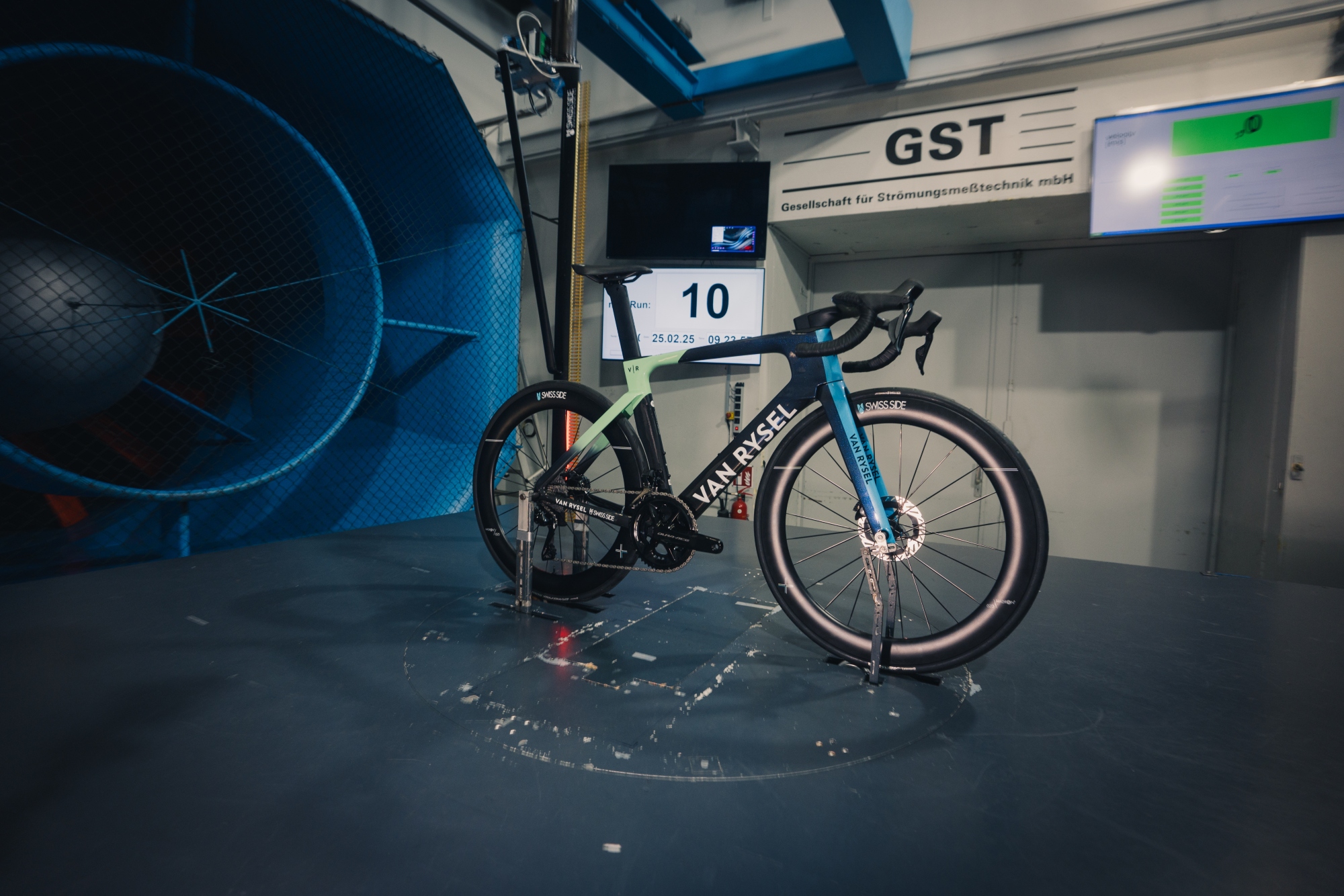
Computer modelling has been supplemented by hours in the wind tunnel.
Of particular interest is the cockpit, again, worked on with Deda. The new one-piece setup is deeper, and presumably stiffer than before thanks to an increase in material, and is said to contribute 2.7 of the 13.6 saved watts at 45km/h. The drops are substantially different too, and once again the result of consultation with the Decathlon AG2R La Mondiale squad.
While the RCR-pro handlebar focused on keeping the climbers happy, the RCR-F's cockpit has been designed to improve handling and braking ergonomics predominantly for the more aero positions one can find themselves in on a road bike of this type - i.e. in the drops, and in an aggressive position on the hoods.
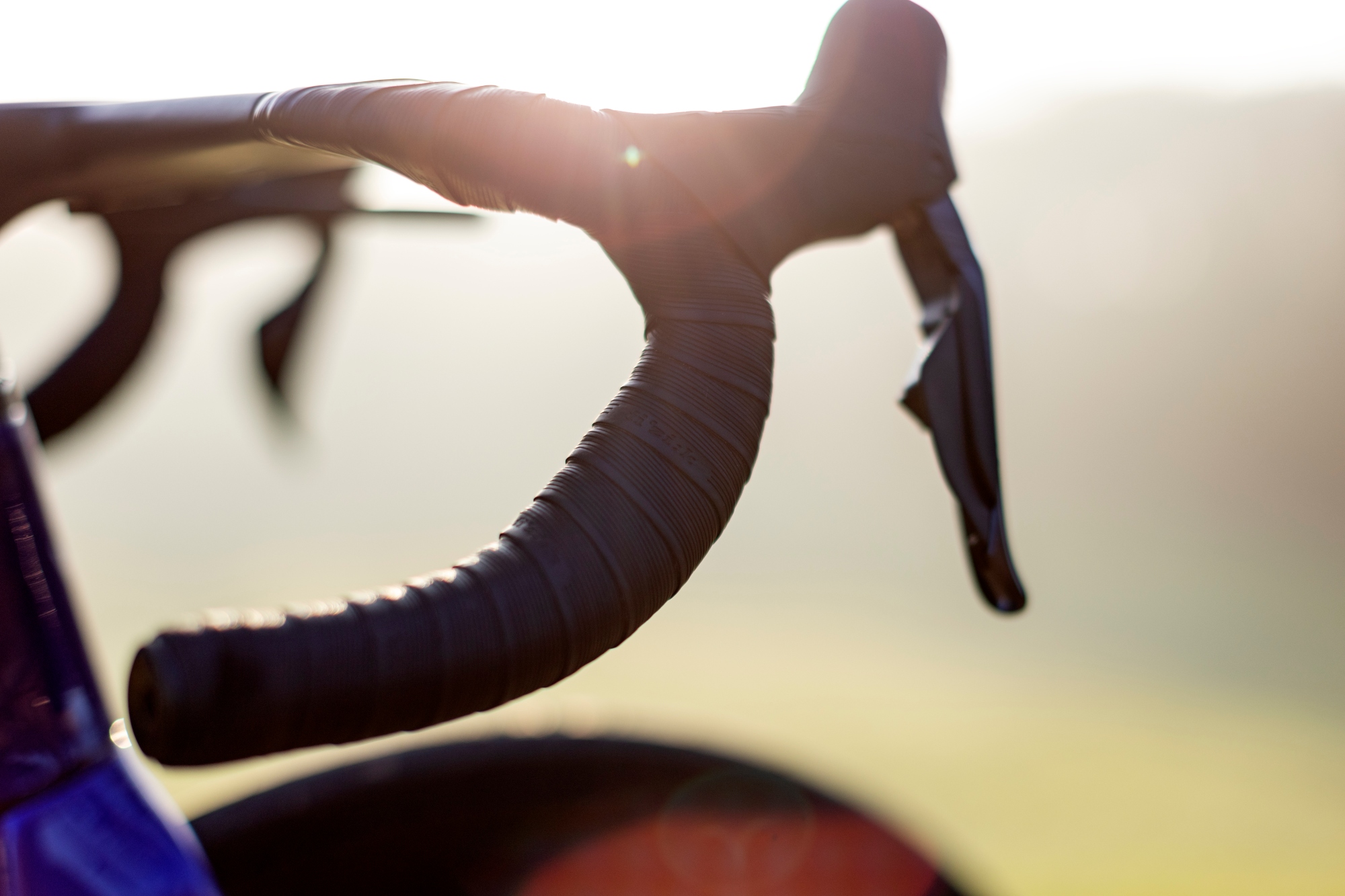
A distinct bulge in the drops improves ergonomics for sprinters, Van Rysel says.
It is perhaps the geometry where the WorldTour focus is most obvious. Jeremie Debeuf, Van Rysel’s Head of Product wasn't lying when he said that the RCR-F was "a pure race bike - designed for speed, and nothing else.”
The bike has a stack of 535 and a reach of 392 for a size medium frame - that is not a position for the inflexible. By comparison, a Specialized Tarmac SL8 in a size 54 is 8mm shorter and 9mm higher, while a size Medium Canyon Aeroad CFR is 25mm higher at the front end. This could account for some of the claimed aero gains too. But, taken as a package, this should all make for a rapid bike.
Van Rysel claims the weight is not unreasonable, but not headline grabbing at 7.5kg. For a £10,000 range topper, complete with Shimano Dura-Ace Di2 and Swiss Side wheels, this bike is certainly not designed with the steepest climbs in mind.
RCR-F pricing and availability
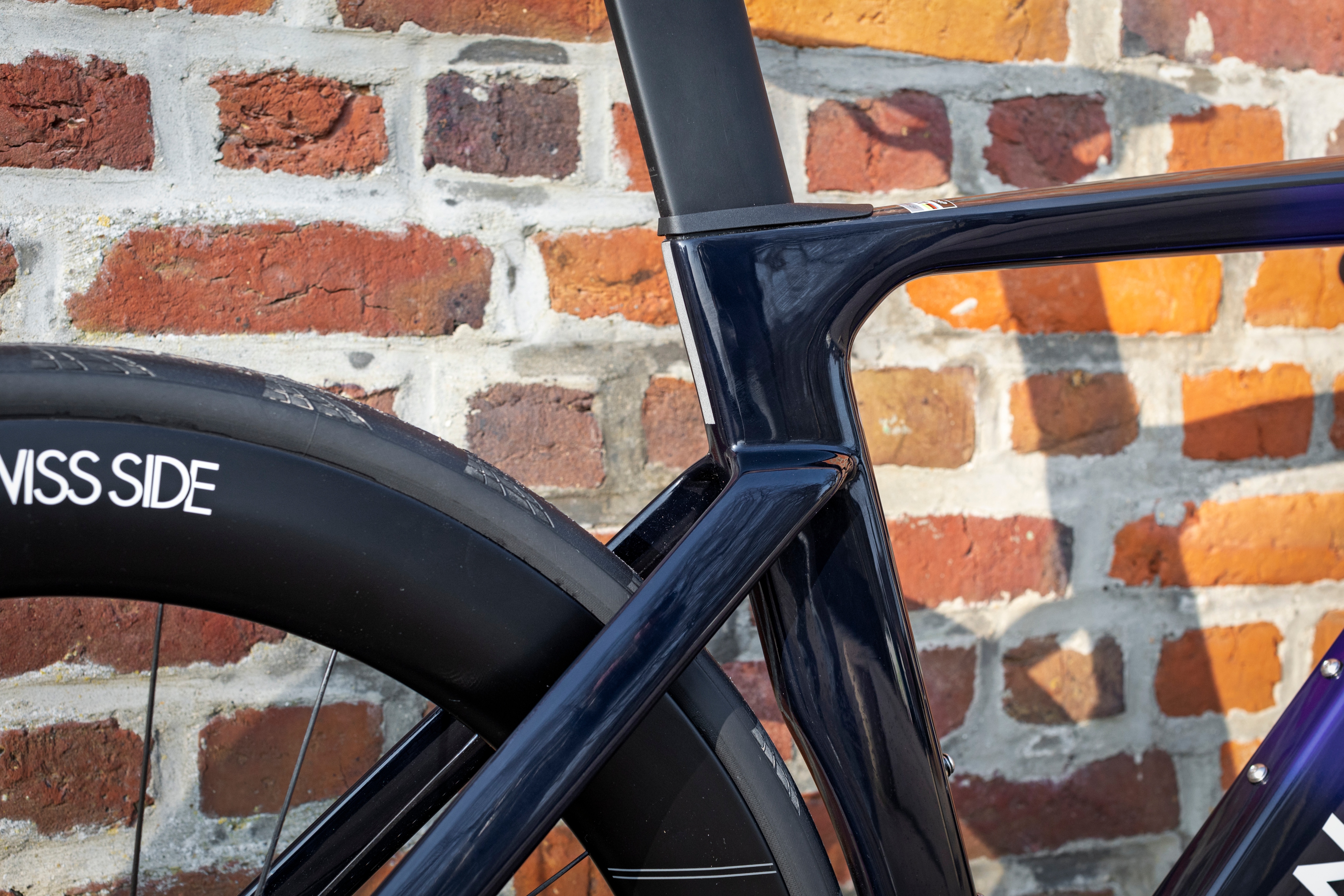
The seat stay junction is very similar to the RCR Pro.
Just four different built options will be available for the RCR-F. Shimano 105 Di2 build is the first of these. Available in Europe and the UK, this build includes a power meter, and retails for €5,499/£5,000.
The next three builds are available in the UK, US, and Europe. An Ultegra Di2 model with power meter will hit the shelves with a €6,499/$7,999/£7,000 price tag, while the Pro Team Replica and Signature Dura-Ace builds will both ask the full-fat €9,499/$11,999/£10,000.
Can a brand that's become famous for offering excellent value justify the new, higher ticket price? The bike looks impressive on paper, so only time will tell.
A full review will follow when we've spent some time on the bike.

Thank you for reading 20 articles this month* Join now for unlimited access
Enjoy your first month for just £1 / $1 / €1
*Read 5 free articles per month without a subscription

Join now for unlimited access
Try first month for just £1 / $1 / €1
Get The Leadout Newsletter
The latest race content, interviews, features, reviews and expert buying guides, direct to your inbox!

Joe is Cycling Weekly's tech writer. He's always had a love for bikes, since first riding a two wheeled steed before the age of four. Years down the line, Joe began racing at 16, and enjoyed great experiences internationally, racing in Italy, Spain and Belgium to name a few locations. Always interested in tech, Joe even piloted his Frankenstein hill climb bike to a Junior National Title in 2018. After taking a step back from elite level racing in April 2022, Joe joined our team as a freelancer, before becoming Tech Writer in May 2023.
You must confirm your public display name before commenting
Please logout and then login again, you will then be prompted to enter your display name.
-
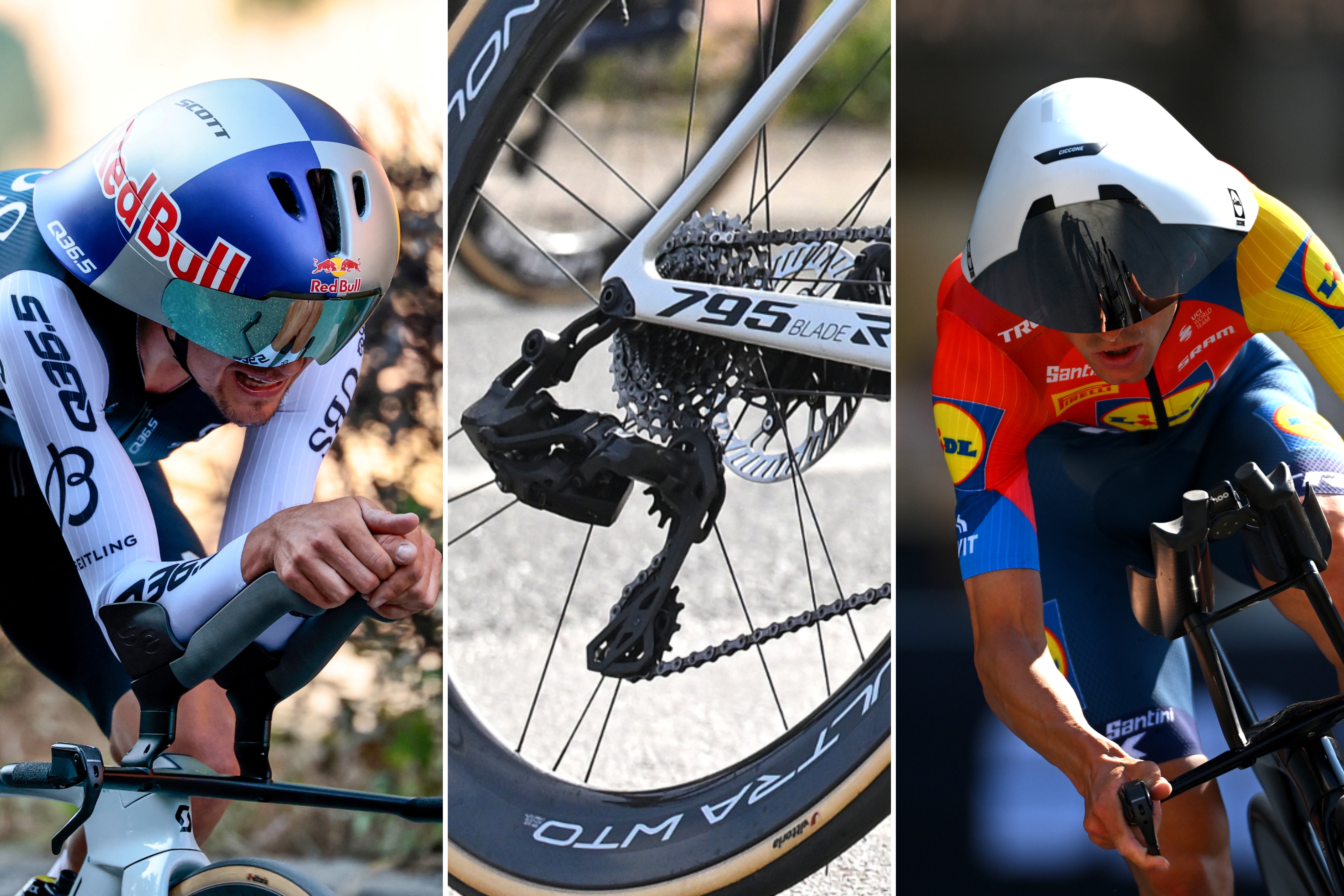 Unmarked helmets to a new Campagnolo groupset: Five of the best tech finds from the Giro d'Italia 2025
Unmarked helmets to a new Campagnolo groupset: Five of the best tech finds from the Giro d'Italia 2025There's new equipment on display at the first men's Grand Tour of the year
-
 Bike racing needs to stop trying to reinvent the wheel and focus on what already works
Bike racing needs to stop trying to reinvent the wheel and focus on what already worksFormula Fixed is just the latest novelty to promise to save cycling, but is it needed?